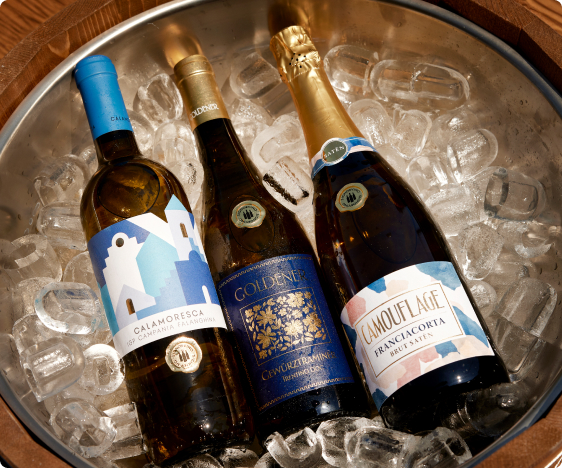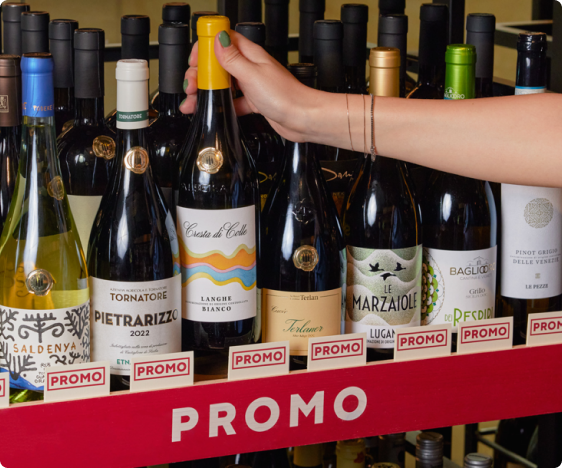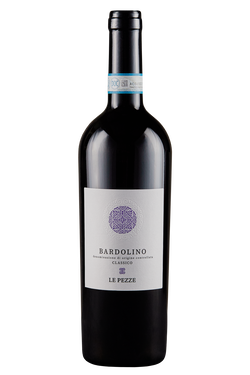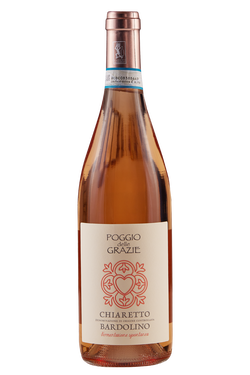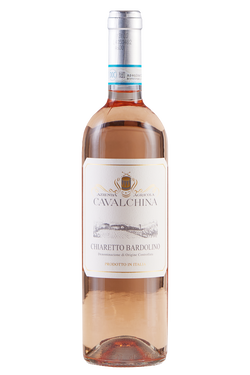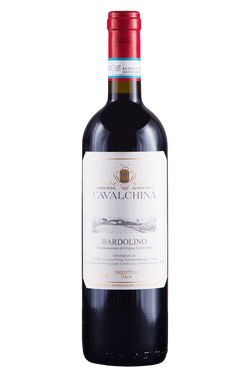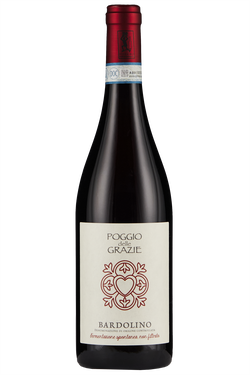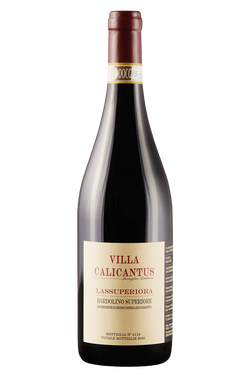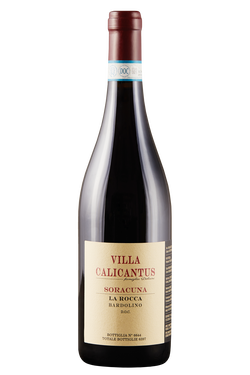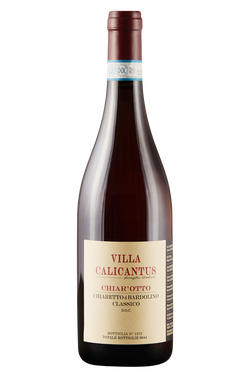THE HISTORY OF BARDOLINO
The name of Bardolino wine derives from the locality of the same name on the shores of Lake Garda, but where does the name of the place come from? The most likely answer is that the place – and, as a result, the wine – took the name Bardali, daughter of King Aulestes and descendent of Manto, the founder of Mantua. The history of this red wine from Veneto began many years ago. Although the wine produced on the eastern shore of Lake Garda has only clearly been identified with the name Bardolino from the 19th century, viticulture in this area has ancient origins. Without doubt, vines have been present in the east of Lake Garda since the end of the Bronze Age, as evidenced by the discovery of seeds dating back to that time. Even in Roman times, the presence of wine in the area is evidenced by archaeological findings such as goblets and various other containers. The history of Bardolino continues into the Middle Ages, and the protagonists became the monks of the church of St Columban, who took charge of the production of this wine, and saved it from extinction. In addition, in the Middle Ages, redevelopment was carried out in the area, possibly thanks to substantial donations from nobles to the monasteries, which allowed cultivation in the area to be considerably extended. The next significant expansion of viticulture took place in the 15th century, when the vines took on a central role in the economy of the Republic of Venice, which controlled the Bardolino production area. In the 19th century, Bardolino was beginning to become known as a wine produced in the area, but it was not until 1968 that Bardolino reached the milestone of Denominazione d’Origine Controllata (DOC) designation. The following year, the Consorzio di Tutela del Vino Bardolino (consortium for the protection of Bardolino wine), was established to protect the identity of this excellent red wine from Verona.
CHARACTERISTICS OF BARDOLINO
Bardolino DOC is obtained primarily from Corvina Veronese grapes. According to protocol, the blend can be made from up to a maximum of 95% of this variety, and it must include at least 5% Rondinella. Other black grape varieties suited to being grown in Verona are permitted, such as Molinara, Rossignola, Barbera, Sangiovese, Marzemino, Merlot and Cabernet Sauvignon. Similar to Valpolicella, Bardolino is a young, drinkable wine, but it acquires different characteristics depending on the variety of Bardolino produced, and this makes it one of the most lively Italian red wines. “Base” Bardolino has a ruby red colour leaning towards cherry and a dry, savoury flavour, while Bardolino produced in the three subzones of Montebaldo, La Rocca and Sommacampagna are different again. These wines are aged for at least one year and come from vineyards with lower yields per hectare – 100 quintals at most, while “base” Bardolino can be as much as 120. The resulting wines have more elegant flavours, with spicy and citrus notes, and a bright, clear, ruby red hue. Since 2001, there has also been a Bardolino with DOCG designation, Bardolino Superiore, which obtains a higher ABV and more intense aromas thanks to its ageing. And not forgetting Bardolino Classico, produced precisely in the traditional area – around the municipality of Bardolino –, which stands out for its ruby red colour and dry, savoury and harmonious flavour.
BARDOLINO CHIARETTO: THE ROSÉ VERSION
One of the most popular versions of Bardolino is Bardolino Chiaretto, the rosé variant of Bardolino. Chiaretto is one of the most produced (and popular) rosé wines in Italy, obtained through the rosé vinification of the grapes, by minimal maceration of the skins. This is an intensely savoury, fresh, soft and persistent rosé but with delicate and fruity aromas, reminiscent of strawberry, raspberry, cherry and red rose. As the name implies, the colour of this Veneto rosé wine is fairly clear, soft or cherry pink. It comes in a still version, and also sparkling, usually with the Charmat method and, less commonly with Metodo Classico. Although production of Bardolino Chiaretto has been intensified in recent decades, rosé wines have been present on the eastern shores of Lake Garda since Roman times. In fact, the production of rosé wines in this area is linked to the use of a press, favoured by the Romans. This tool, which does not involve maceration of the skins, allows the wine to obtain a different hue thanks to the low emission of pigment.
PAIRING BARDOLINO
Thanks to the different methods of vinification, Bardolino is a very versatile wine, which can accompany any course and is suited to various cuisines of the world. From an aperitif through to dessert, there is always a version of Bardolino suited to the occasion. Bardolino Chiaretto is the perfect solution for an aperitif with friends, whether you prefer a still rosé wine or a sparkling wine. When eating, Bardolino Chiaretto goes extremely well with cured meat appetisers – especially prosciutto – or fish-based starters such as salmon carpaccio, and also vegetables. It is an excellent partner for quick Italian summer recipes, perfect for dishes such as prosciutto and melon, caprese salad or even rice salad. It is great with lake fish or saltwater fish, regardless of the method of preparation (grilled, pan-fried, baked, poached and even raw). The most interesting feature of Bardolino Chiaretto is that it goes perfectly with Asian cuisine especially Japanese and Thai. It is great with sushi, but also dishes such as pad thai, or even fried or more spiced Asian dishes. In the case of Bardolino Rosso DOC, however, this wine is the ideal everyday partner. It goes perfectly with more delicate dishes, consisting of legumes and mushrooms, but also with a hearty dish of grilled meat, or with the great classics of Italian cuisine, such as carbonara or lasagne.
